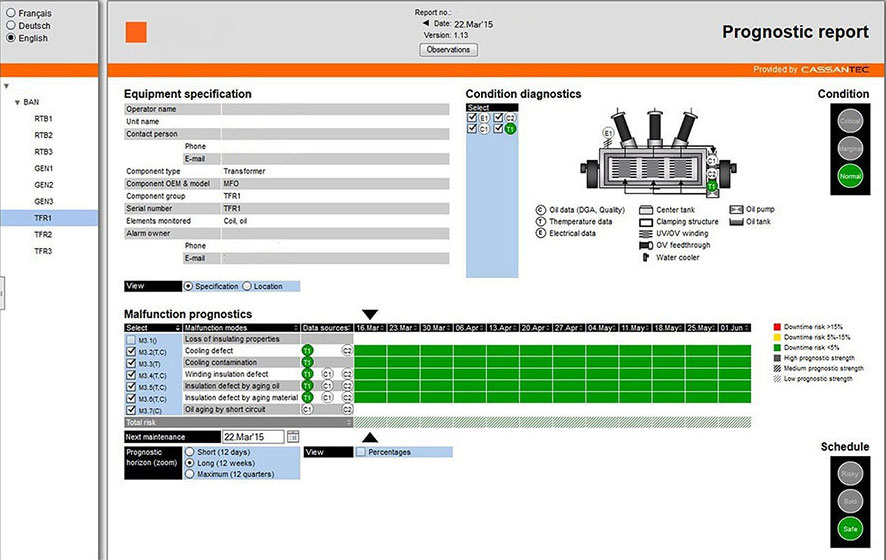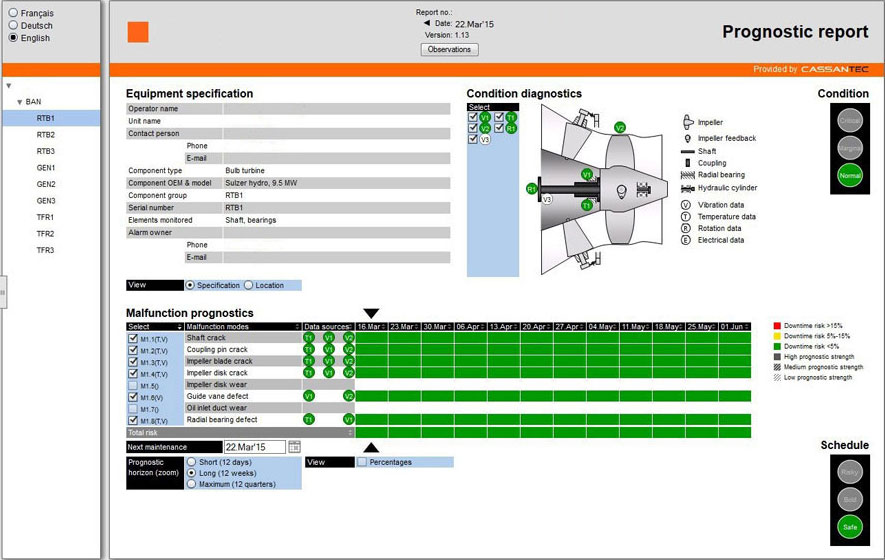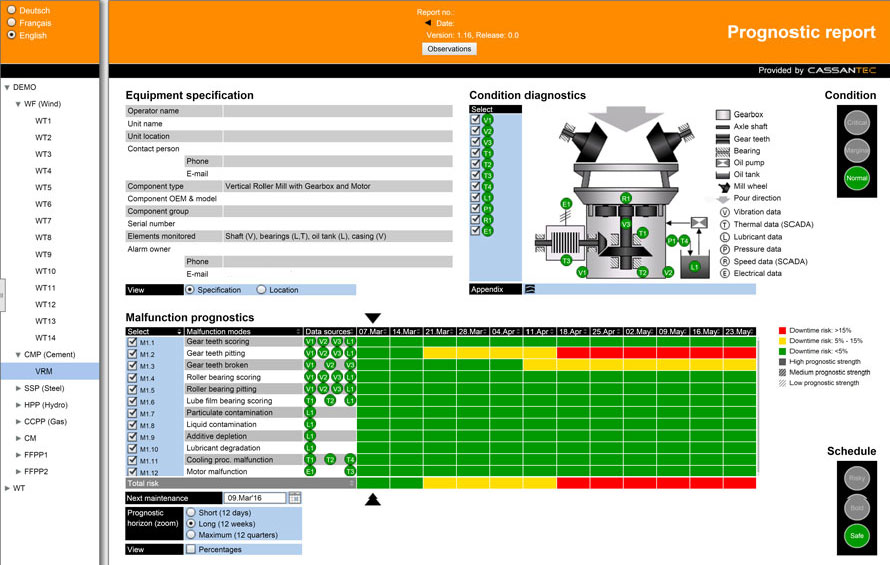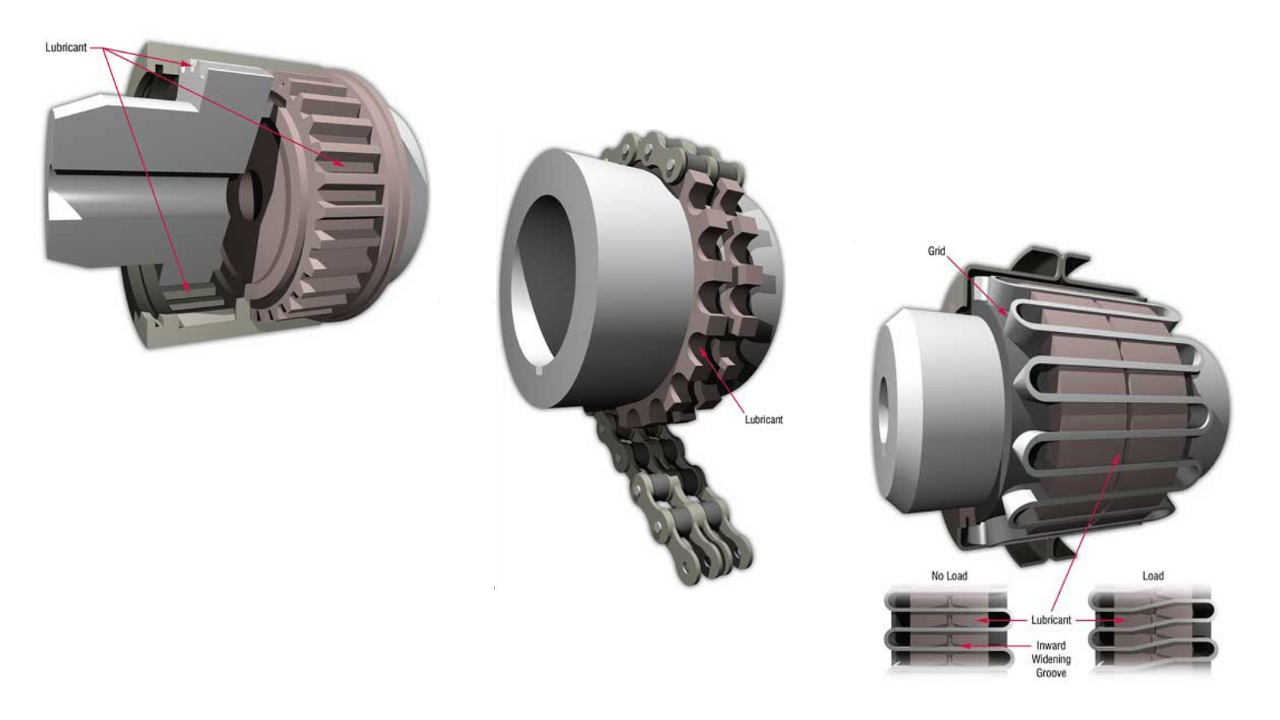Asset and Maintenance Managers: Key Decision Makers
Moritz von Plate, CEO Cassantec
Asset and maintenance managers are having to complete increasingly complex tasks. Those responsible must make decisions about the condition of equipment and machinery that can have an impact on the operation of the entire plant. So, it is not at all surprising that they are constantly trying to improve their asset management and maintenance strategies. There are numerous methods and tools available to help companies and managers make decisions regarding their maintenance concepts. Nowadays, it is possible to interpret data to allow foresight into the future condition of the assets. And it is not only about optimizing maintenance management technology. Rather, the entire decision-making process of asset management and the maintenance staff is under scrutiny.
Do Asset and Maintenance Managers Predict the Future?
Asset and maintenance managers carry a lot of responsibility in their companies. All their thought processes center around making the right choices for their machines and equipment. Complete operational strategies are dependent on these decisions. However, the basis for these decisions has only changed slightly in the past, while the assessments that those responsible must make increase in complexity.
Basically, asset and maintenance managers make decisions that affect future events. In other words, they more or less predict the future of the plant and equipment. Even if they have a specific maintenance plan, they must often decide, based on their experience, when the next maintenance date should be and expect that everything runs smoothly and nothing goes wrong until that date. At the same time, it is also their responsibility to decide how extensively and in what order the equipment will be maintained at the next scheduled intervention date.
Because of this immense responsibility, asset and maintenance managers should ask themselves three questions when faced with making a new decision:
- Does my decision affect the future?
- How do I reach this decision?
- What resources and information do I use to reach this decision?
In most cases, the answer to the first question is “yes.” But for the second question, decision makers are confronted with probabilities and possibilities for the future that they play through in their minds. Being able to rely on information other than one’s own gut feeling improves the quality of the decision. Hence, a prognostic tool can prove to be very useful in making such future-oriented decisions.
With tools like condition monitoring, maintenance managers receive information about the current state of the equipment. With this information, immediate work can be scoped and scheduled depending on the urgency and importance of the respective pending measure. The aim is to make sure the maintenance manager’s decisions are based on solid facts; however, very often decisions are suboptimal because necessary data-based information regarding future equipment condition is missing.
Even advanced diagnostic or predictive analytics tools are not able to give explicit information about the future. Therefore, asset and maintenance managers only have the option of choosing between a compromise based on their own experience and the recommendations of the manufacturer. They must, more or less, follow their own gut feeling. In order to provide decision makers with useful information, this information gap must be closed. So far, data-based information about the future of a plant is not available. A look at the development of maintenance techniques, however, shows this gap is steadily closing.


Progress in Maintenance
The tremendous value of asset management and maintenance for a company is well-known. In order to exploit their full potential, the industry is steadily developing relevant methods. The trend is moving toward intelligent maintenance.
Reactive maintenance, where maintenance engineers repair any faults as soon as they occur, is considered the oldest and best known maintenance strategy. However, this first generation of maintenance methods does not address equipment condition systematically and is not based on data. This method may still be useful for components that are not critical to the business and whose failure would cause only minor financial loss. Companies should resort to other measures for components whose failure can cause significant costs and are critical for the entire production. Increasing connectedness of components and equipment and constantly rising demands on availability are forcing companies to rethink their approaches.
Particularly in industrial plants, many companies have replaced first generation maintenance with a second generation. They have introduced preventive maintenance (PM), which calculates mean time between failures, and use this as the basis for a regular maintenance cycle. This method, in which data analysis plays only a subordinate role, is relatively easy to organize and produces better results in terms of availability of equipment than the reactive approach. However, this approach quite often leads to maintenance being executed prematurely when it is technically not yet warranted. Furthermore, PM does not systematically prevent failures and downtime.
With the ongoing digitization of plants and processes, a third maintenance generation in which data plays an increasingly important role is emerging. Most companies strive to introduce such condition-based maintenance. The basis for it is provided by condition monitoring data gathered on individual components. Condition monitoring analyzes this data, ideally in real time, to help avoid immediately impending malfunctions or damages.


Next Step: Condition-Based Prognosis
Using mathematical models, companies can use the same data from condition monitoring for condition diagnoses and condition prognoses of components and entire plants. Diagnoses and prognoses together provide the basis for condition-based maintenance. This method makes it possible to schedule maintenance when it is technically necessary and economically sensible. Companies implement condition-based maintenance, which is provided either online or off-line, based on the utilization of sensor data and central data analytics. These prognostic solutions provide asset and maintenance managers with the foundation of right information upon which they can make optimized decisions. They get a prognostic time horizon of the component’s and plant’s condition for weeks, months and sometimes even years. At the same time, some prognostic tools provide information about the risk of the possible malfunction. Red, for example, means a high risk of over 20 percent, yellow, a lesser risk of between five and 20 percent and green, a risk of less than five percent (see figure above). Now, asset and maintenance managers are able to make transparent decisions about the remaining useful life of components and the entire plant according to the individual situation and the decision maker’s risk appetite.
All available data sources are tapped, with no new sensors required. In addition, asset and maintenance managers obtain a fleet view on all components, such as pumps, turbines, or boilers.
This information makes it possible for asset and maintenance managers to understand when in the future a malfunction will occur. This way, costs can be reduced and plant availability increased, particularly by avoiding unplanned downtime. So, based on data, companies can optimize their previous maintenance plan, consequently leading to an optimized operating strategy.

Making Better Decisions
Asset and maintenance managers are key decision makers in companies, yet the previously used tools for deciding on the right asset and maintenance strategy are inadequate. Rather than changing the way decisions are made, it is advisable to upgrade the tools that are used to make those decisions. Developments in asset management and maintenance show that the data necessary for such prognoses already exists in most companies. Now is the time to use the latest mathematical models to exploit this data more comprehensively for one’s own asset management and maintenance strategy.

Moritz von Plate
Moritz von Plate has been the CEO of Cassantec, a company specializing in prognostics for industrial facilities, since 2013. Before joining Cassantec, Mr. von Plate was the CFO at Solarlite, an EPC contractor for concentrated solar power plants, and worked for seven years at the Boston Consulting Group, focusing on industrial goods and financial services industries.
Related Articles

How to Fix the 70/30 Phenomenon

Keys for Effective Troubleshooting
Analyzing Semiconductor Failure

The Lubrication Requirements of Couplings

Zen and the Art of Managing Maintenance

Why do maintenance improvement initiatives fail to deliver? (Hedgehog or Fox?)




